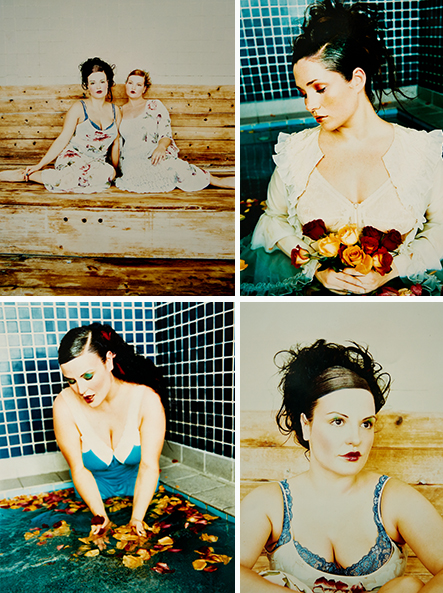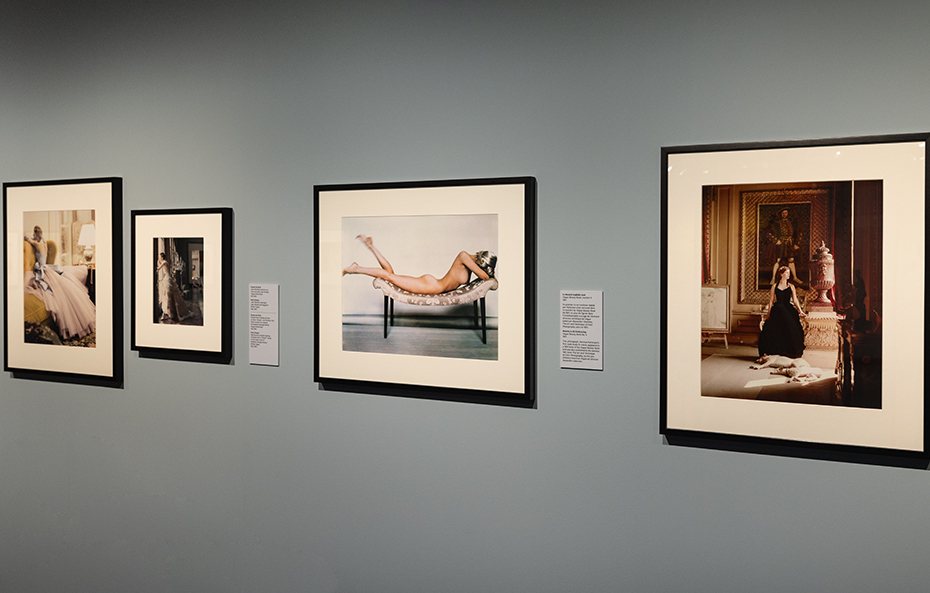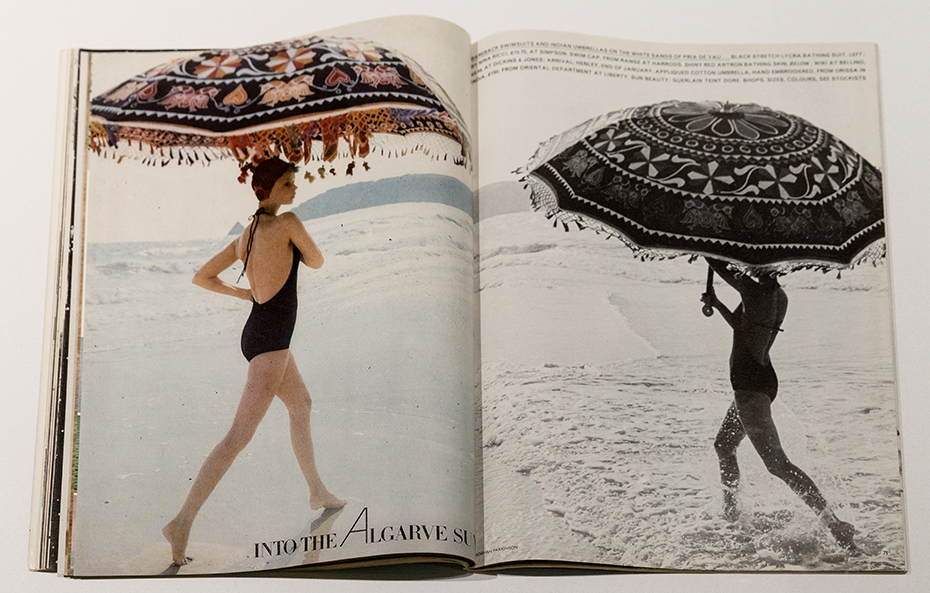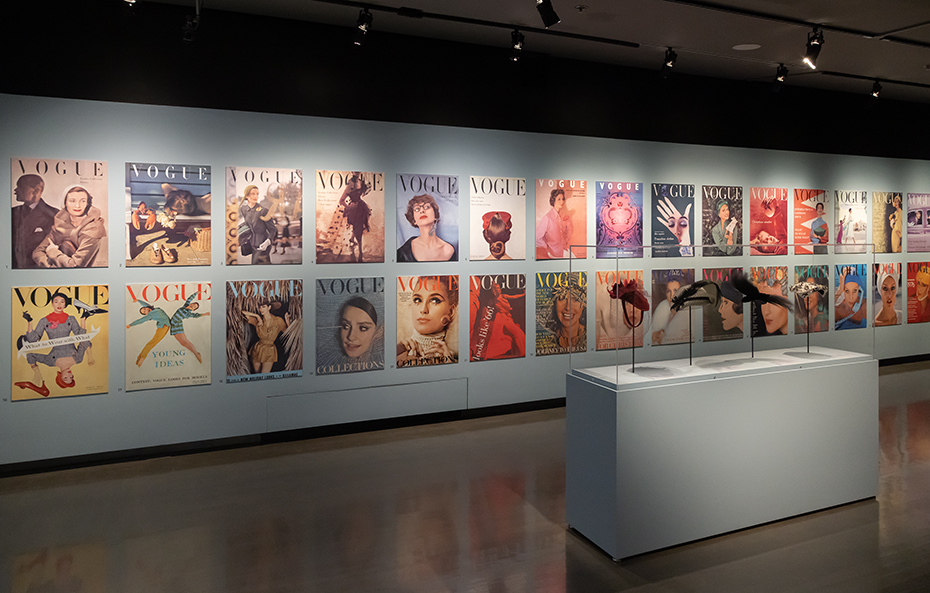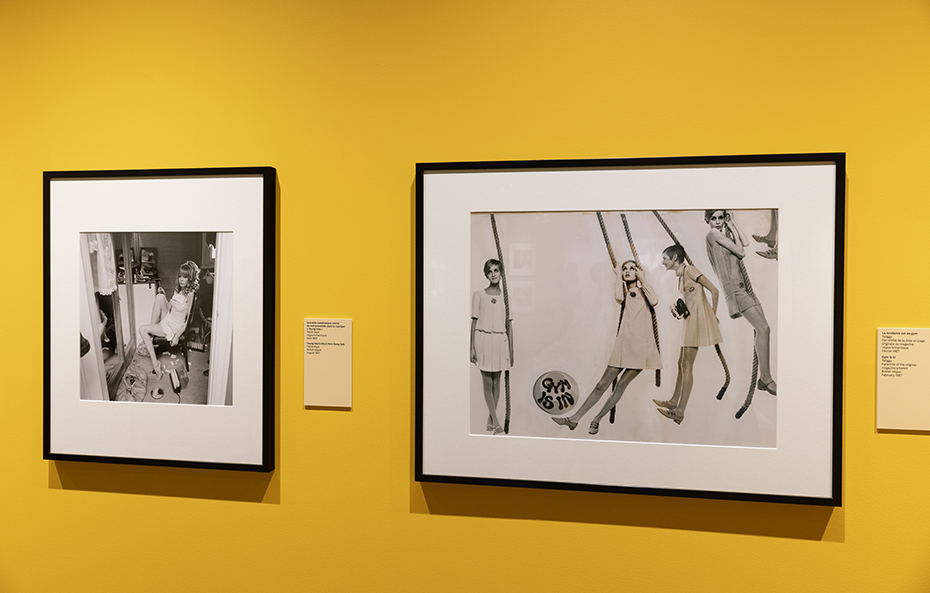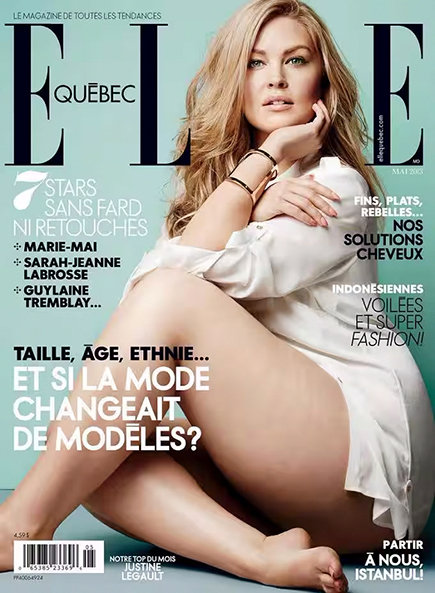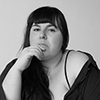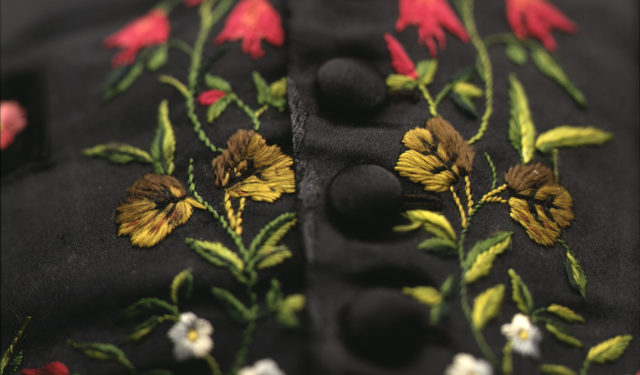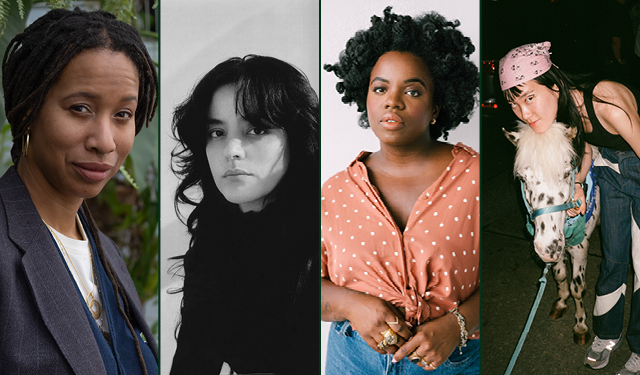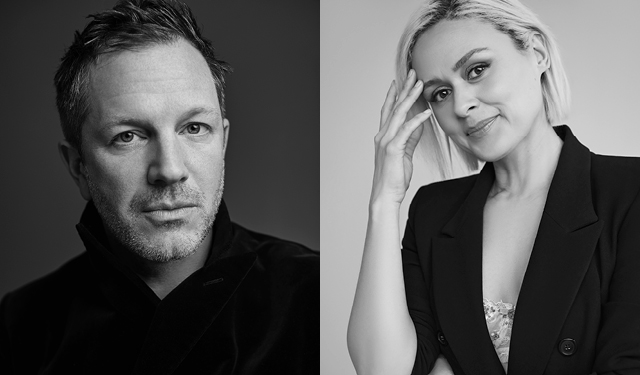Redefining fashion standards
Feminist activist Julie Artacho reflects on the lack of body diversity in fashion.
I have loved fashion magazines ever since I was a teen. Poring over copies of Clin d’oeil and ELLE Québec, I liked to study the layouts, clothing, hairstyles, make-up, colour, poses, expressions and beautiful models. These magazines were like little works of art for me, and I would scrutinize them the same way I would a museum exhibition. They fascinated me.
It was not until I was older that I realized many teenage girls developed complexes looking at the models in these magazines. It had never even occurred to me to compare myself to an adult woman 5 feet 11 inches tall. I thought people were only interested in the beauty of the images themselves, not the slimness of the models.
I was born in 1983 so I grew up in an era when any actress with a round face and full hips was considered plump, or big. I therefore internalized the fact that my own size was not really something that people wanted to see on television, in a movie or in a fashion magazine. I continued to consume all these cultural products, though I did not realize how this lack of positive representation would later affect me.
''Perles rondes''
My first memory of a fashion shoot featuring a curvy model goes back to 1997, when ELLE Québec published a feature entitled Perles rondes by photographer Carl Lessard.
I did not see another plus-size model in the pages of the same magazine until 2009, 12 years later: a bathing suit spread by photographers Leda & St.Jacques of model Crystal Renn. The same model was featured in another magnificent photo shoot for the magazine in early 2010, again photographed by Leda & St.Jacques.
In an interview with La Presse, Denis Desro, the ELLE Québec fashion editor when the latter issue came out, talked about the challenges of finding clothing to fit the model because brand samples are generally only available in small sizes. “We started with stretchy garments, which we left open in the back. In one instance, we simply had to lay a dress over Crystal, because she couldn’t put it on.”
For me, the photograph of Crystal nude, covered by a beautiful dress since she could not wear it, epitomized one of the biggest issues of representation with regard to full-figure people in fashion magazines.
Where are the curvy people?
The photographs presented in the exhibition Norman Parkinson: Always in Style perfectly illustrate the lack of body—and cultural—diversity in the fashion world before the mid-20th century. It would be several years before black or plus-size models would grace the pages of magazines.
In 1966, Donyale Luna became the first African-American model to make the cover of British Vogue. She was followed in 1974 by Beverly Johnson, who graced the cover of the American edition of Vogue. However, it was not until 2017 that plus-size model Ashley Graham appeared on the cover of both the American and British Vogue. In Quebec, Justine LeGault was the first plus-size model to pose for the cover of ELLE Québec.
A big problem
It is easy to dress thin celebrities and models in incredible outfits for fashion magazine cover shoots, but the same options do not appear to be available for plus-size individuals.
I believe that the lack of representation of bigger people in fashion photography is a complex problem that will only be solved when multiple media start making changes.
We are still fighting for greater diversity on television and movie screens, so we can see individuals of diverse cultures and body types in starring roles. Given that magazines (and their covers) primarily feature faces known to the general public, it is difficult to present famous plus-size people because so few of them are part of the dominant culture. Although more and more agencies are hiring fashion models in the “curvy” category, this practice then raises another problem: the disparity in the supply of regular and plus-size clothing.
In a photo shoot with a “standard size” model, stylists have access to more boxes of clothing than they know what to do with, while this is not the case for someone wearing size 2XL or higher.
That being said, Quebec is home to several designers who are creating magnificent plus-size clothing that would be ideal for the pages of a magazine. We must break this vicious circle by deconstructing our prejudices against big people. To do so, there must be greater on-screen diversity, the fashion industry needs to stop shutting out plus-size customers, and magazines have to dare present voluptuous bodies more often.
As I noted in my conversation about the lack of representation in media and advertising with journalist Camille Robillard in the magazine Les Affaires: “If we want to see more big people in the media, there must things for them to wear. For them to have fashion options, they must be valued, and for them to be valued, they must have a media presence.”
* The term “big” is used for descriptive purposes and is not meant to be pejorative in any way.

